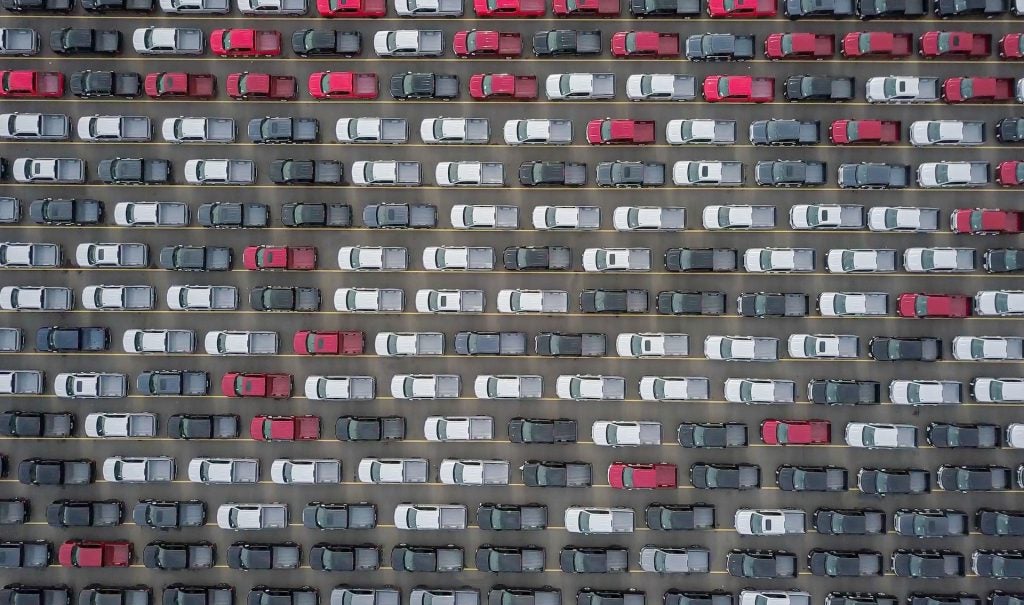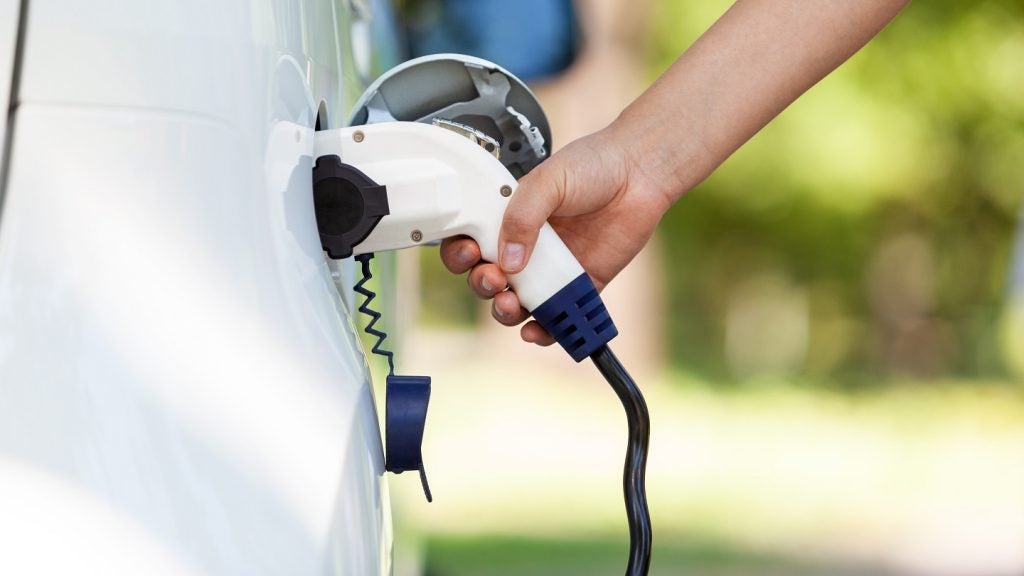
Some 27% of drivers aged 18-34 requested a payment deferral on car finance in 2020, according to Deloitte’s Global Automotive Consumer Study 2021.
With only 13% of drivers aged 35-54 requesting a payment deferral, and only 1% of over 55s, the data reveals that the financial implications of Covid-19 have been inconsistent across age groups.
Commenting on the divergence between different generations of drivers, Nathan Thompson, automotive director at Deloitte, said: “Our study shows that the youngest drivers are at least twice as likely to have deferred on car repayments as older generations.”
With the UK’s youngest workers also impacted most by job disruption, the ability for younger drivers to meet future payments hinges on recovery of the job market.
Concerning purchasing plans, one in five drivers have been forced to delay their next purchase in response to the pandemic and subsequent restrictions. 18% of consumers cited social distancing as a key requirement for vehicle purchase.
2020 was a trying year for car sales, which fell 29% when compared to the previous year. With lockdown measures still in place, the industry saw in the new year with equally tough circumstances.
How well do you really know your competitors?
Access the most comprehensive Company Profiles on the market, powered by GlobalData. Save hours of research. Gain competitive edge.

Thank you!
Your download email will arrive shortly
Not ready to buy yet? Download a free sample
We are confident about the unique quality of our Company Profiles. However, we want you to make the most beneficial decision for your business, so we offer a free sample that you can download by submitting the below form
By GlobalDataDespite continued restrictions, optimism lingers in the anticipation that, this year, consumers may return to dealerships once more.
EV sticking points
Elsewhere in the survey, the data reinforced the growing popularity of electric vehicles. Alongside a market growth of 6.6% in 2020, one in 10 drivers are interested in making their next vehicle purchase battery electric.
For drivers looking to make the switch to electric, price point remains a key consideration for consumers. The research, involving over 1,500 driving-age consumers in the UK, revealed that 42% of UK drivers seeking to switch to an EV look for a price of £20,000 or below.
According to the consulting firm, this demand represents an opportunity for the used car market to accelerate EV adoption in the UK.
Jamie Hamilton, head of EVs at Deloitte, explained: “The structure of most car financing products means that the lifecycle of a brand-new car entering the used car market is typically around three years. With many UK drivers poised to switch to electric but remaining cost conscious, it’s likely we’ll see the secondary market for EVs mature over the next few years to attract these consumers.”
Although upfront cost remains a sticking point for consumers, EV are often cheaper across the entire lifecycle of the vehicle.
Hamilton continued: “Realising the longer-term financial benefits that electric vehicles can provide would certainly encourage more drivers to switch; many of whom could otherwise be deterred by upfront costs, overlooking the total cost over a vehicle’s lifetime.”
However, not all is coming up roses for EVs, as the lack of charging infrastructure exists as the top concern amongst a quarter of drivers.
Hamilton concluded: “Electric vehicles are an increasingly viable option for consumers, many of whom are influenced by financial incentives as well as climate and emissions concerns. However, for EVs to integrate further into everyday life, greater accessibility to charging points is still required. Ensuring a joined-up approach and continued investment in the infrastructure is key to support growing demand.”







